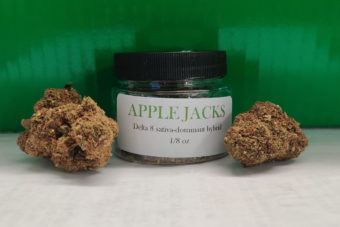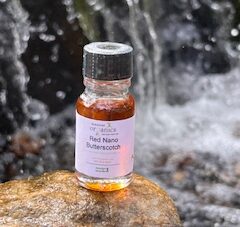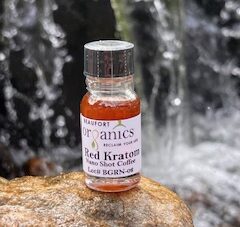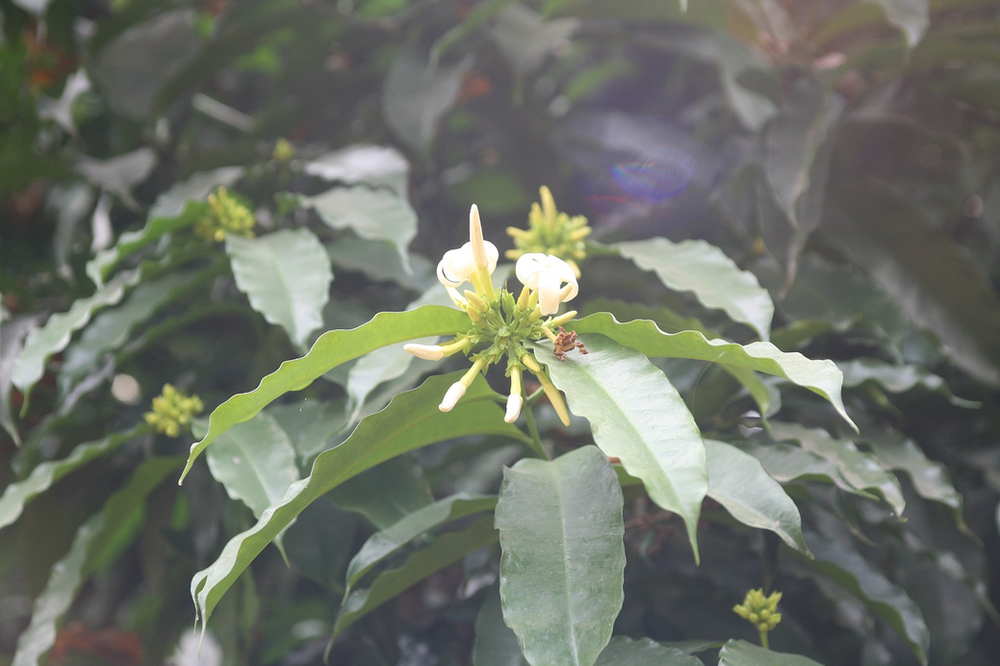
WHAT IS AKUAMMA?
Known by its botanical or Latin name – Picralima nitida – Akuamma is similar to kratom in many ways in that it can offer both sedation and pain relief when needed. It is a tree, just like kratom, that grows in hot climates.
According to the wikipedia entry for this powerhouse plant:
“Picralima is a plant genus in the family Apocynaceae, first described as a genus in 1896. It contains only one known species, Picralima nitida, native to tropical Africa.
WHAT IS AKUAMMA USED FOR?
The dried seeds from this plant are used in traditional medicine throughout West Africa, particularly in Ghana as well as in the Ivory Coast and Nigeria. The seeds are crushed or powdered and taken orally, and are mainly used for the treatment of malaria and diarrhoea, and as a painkiller. The plant produces the alkaloids pericine and akuammine, among others.
Picralima nitida seeds contain a mixture of alkaloids producing antipyretic and anti-inflammatory effects along with analgesia in animal studies. Several of these were shown to bind to opioid receptors with weak affinity in vitro, and two compounds, akuammidine and ψ-akuammigine, were found to be μ-opioid agonists, although not particularly selective.”
Akuamma is commonly used as an herbal remedy in west Africa. It is very bitter tasting and must be capped in order to consume it.
It has been used extensively throughout history “for pain relief and to treat chest and stomach problems, pneumonia and intestinal worms.
Considerable research has been carried out into the medicinal properties, much of it supporting the traditional uses.
The stem bark, fruit and seeds contain a number of indole alkaloids,” according to Useful Tropical Plants database.
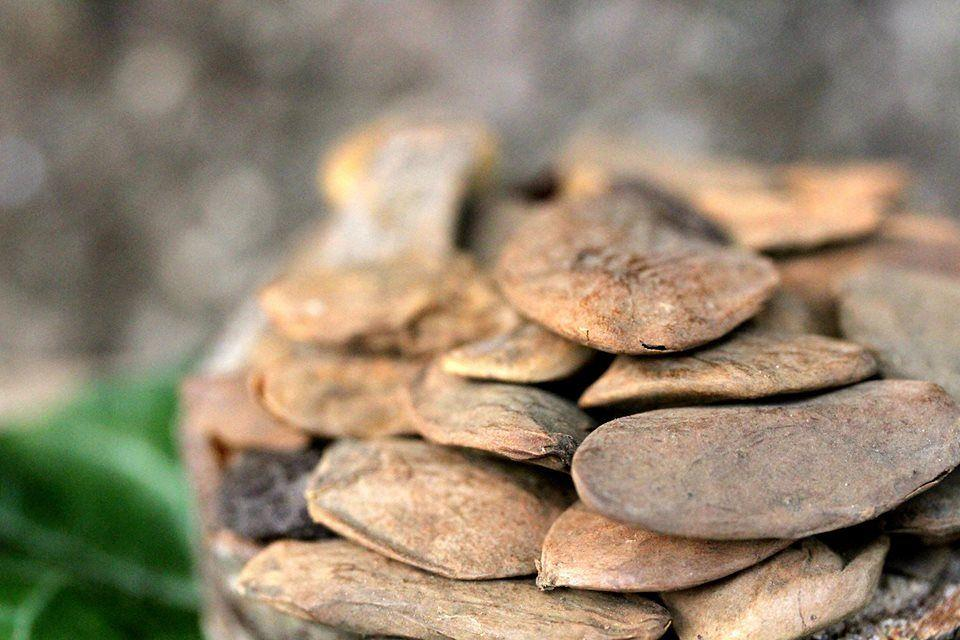
Some useful benefits of Akuamma include:
- Akuammine is the principal alkaloid of the mature seeds
- It is a powerful sympathomimetic and has a local anaesthetic action
- Akuammine also has strong sympathomimetic and local analgesic activities
- It causes marked and lasting hypotension, without affecting respiration.
- In higher doses it causes a strong inhibitory effect on intestinal peristaltic movements.
- At such doses it also has hypertensive activity with a weaker, but longer lasting effect than yohimbine
- Akuammigine shows clear sympatholytic activity and antagonizes the effect of adrenaline on the heart, vessels and regulatory centre of the circulation system
- It is identical with yohimbine
- Akuammidine has hypotensive, skeletal muscle relaxant and local analgesic activities
Source: Useful Tropical Plants
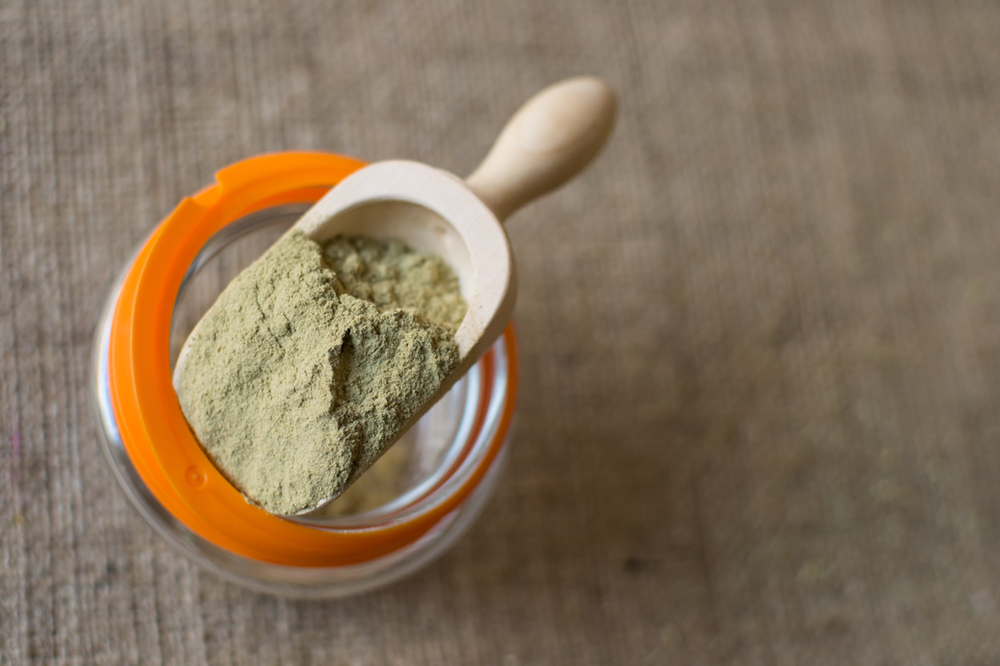
Properties: Anxiolytic, sedative, antispasmodic, analgesic, hypotensive
“In terms of mental health, this is an herb that might be chosen by some one who wants to shift to non-synthetic opiate agonist herbs (such as kratom) for pain relief. However, there is little in the way of euphoric mood boost which can accompany kratom. The effect is far more sedative and analgesic. It is still a relatively unknown agent here in the West and merits further study,” writes Herbs for Mental Health blog.
Dosage: 500 mg to 1 gram, generally in capsule form. Too bitter to take as powder or as a tea. When purchased in whole seed form, it usually takes a coffee grinder to powder the herb. One can just suck on and chew a seed for effect as well.
Studies on Akuamma and further research & reading
- https://www.researchgate.net/publication/11350804_Pseudo-akuammigine_an_alkaloid_from_Picralima_nitida_seeds_has_anti-inflammatory_and_analgesic_actions_in_rats
- https://pubmed.ncbi.nlm.nih.gov/12020930/
- http://tropical.theferns.info/viewtropical.php?id=Picralima+nitida
- https://pdfs.semanticscholar.org/d23b/22a9378ece192227ac0a73a97eec8efc5c8d.pdf
- https://www.researchgate.net/profile/Boyede_Olowookere/publication/343189653_Safety_Evaluation_of_Picralima_nitida_Akuamma_Seed_Extract_on_Hepatorenal_and_Haematological_Systems_of_Rats/links/5f1af2e9299bf1720d600c96/Safety-Evaluation-of-Picralima-nitida-Akuamma-Seed-Extract-on-Hepatorenal-and-Haematological-Systems-of-Rats.pdf








